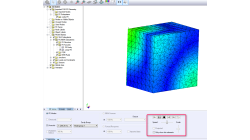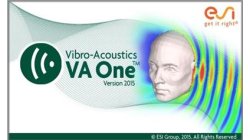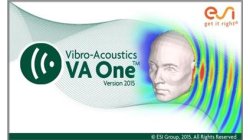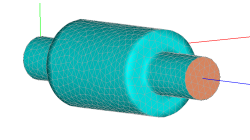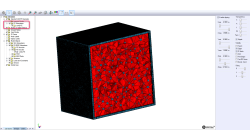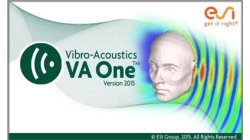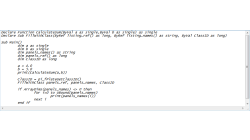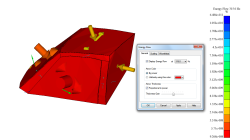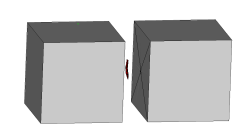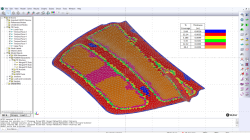- Home
- Resources
- Tips & Tricks
Tips & Tricks
Visualize modal animation inside acoustic cavity
When the acoustic modes are animated, the default will animate the skin only, but it is possible to visualize the interior of the cavity too.
Ricardo
Alvarez
Vibro-Acoustics
What is the difference between using a cavity constraint vs. a Diffuse Acoustic Field source?
If I apply a Diffuse Acoustic Field (DAF) source on a panel instead of constraining the pressure in an adjacent cavity, will I obtain the same results? Setup: Two models: SPL constrained cavity - panel - cavity vs. DAF on panel with Semi-Infinite Fluid sink attached - cavity
Ricardo
Alvarez
Vibro-Acoustics
How do I create an SEA cavity using shrinkwrap?
How to create FE acoustic cavities with complex shapes
Ricardo
Alvarez
CFD, Vibro-Acoustics
How can apply anechoic termination to a muffler tailpipe modeled with FE acoustics?
I have an acoustic FE model of a muffler/silencer. I would like to apply an anechoic termination to the tailpipe faces. How can this be applied?
Ricardo
Alvarez
Vibro-Acoustics
Visualize acoustic/solid mesh in VA One
VA One will typically display the skin of a 3D mesh of acoustic element. It is possible to display the full mesh and also animate the results while visualizing the 3D mesh.
Ricardo
Alvarez
Vibro-Acoustics
How to manually set the megawords variable in Rayon?
The Rayon solver occasionally will restart the analysis if the megawords variable is too small. Use these simple instructions to increase/adjust Megawords value.
Ricardo
Alvarez
Vibro-Acoustics
How to call a script within a script
When using VA One developer's kit and new scripts are being created it is useful to call a script within a script. Here we show you how to achieve this.
Ricardo
Alvarez
Vibro-Acoustics
SEA - Display energy flow for a subsystem in complex models
In a complex SEA model made out of several subsystems, VA One can be used to display the energy flow to a particular subsystem in a couple of steps, this helps to understand how the energy flows to a receiving subsystem in order to define noise control strategies. One of the steps is to isolate the junctions associated to this subsystem, this will also help to understand / verify the connectivity of the model.
Ricardo
Alvarez
Vibro-Acoustics
SEA - Virtual Transmission Loss
In a complex SEA model made out of several subsystems, using VA One is possible to extract the transmission loss (TL) of one or various subsystems in a single step. Transmission loss of partitions e.g. walls, floor, windows, enclosures have been studied theoretically and experimentally over many years. Partitions are often inhomogeneous, non-uniform, comprise combinations of different materials, have indeterminate boundary conditions and are subject to sound complex fields. Surprisingly the sound transmission behavior of many plane partitions is quite well represented by a simple model which ignores the boundaries. Sound transmission loss can be used to correlate the vibro-acoustic behavior of simple and/or complex systems.
Ricardo
Alvarez
Vibro-Acoustics
VA One - FE or SEA- How to map trim thickness for sound package representation
Sound control treatments / Trim ,(e.g. headliners,hood liners, dash panel and floor isolators, etc) have complex shapes with variable thickness, sometimes only CAD parts are available. How can I use this data to create noise control treatments (NCT) in FE and/or SEA models with variable thickness?. In this article it is shown how to create a variable thickness noise control treatment with VA One for SEA and/or FE purposes at the same time. A multiple noise control treatment (MNCT) is created for SEA purposes and multiple FE Faces with the mapped/discrete thicknesses are created for FE purposes,
Ricardo
Alvarez
Vibro-Acoustics
